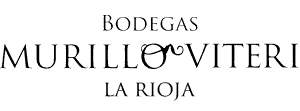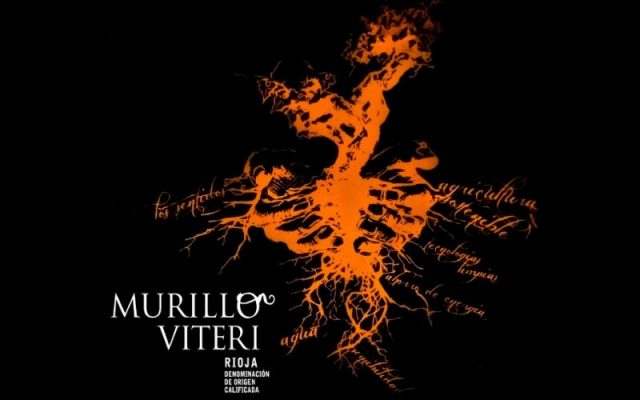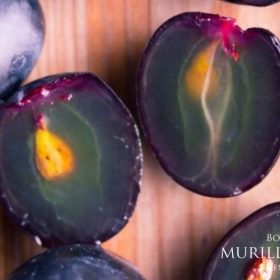Wine labels must show some compulsory indications, such as the following aspects of basic information:
Name or trade name of the wine
It is clear that we are often guided by the brand name when buying a product. Sometimes it may be the name of the winery itself, as in the case of Reserva Murillo Viteri. In other cases, on the other hand, it will be a characteristic name of each wine, such as Crianza Aranzubia. The name under which the wine is marketed will serve as a reference if we have liked it.
Product Category
It is compulsory to indicate what type of wine the bottle contains: table wine, semi-sparkling wine, sweet wine, sparkling wine… In our case, we specify whether the contents are red, white or rosé wine.
Bottler and origin
Another valuable piece of information that wine labels give us is the name or company name of the producing or bottling company. In addition to the name, it is necessary to detail the origin of the wine, the place where the winery is located. In the case of Murillo Viteri bottles, it appears on each label: Bottled in the Bodegas Murillo Viteri property, Cenicero, Spain.
Bottle content
This is the amount of liquid contained in the bottle. Standard wine bottles have a capacity of 75 cl, although Magnum wine bottles contain 1.5 l, a perfect alternative for celebrations.
Geographical indication
The Denomination of Origin indicates the origin and the council that regulates it. It guarantees the place where the grapes have grown. The Rioja Qualified Designation of Origin is considered to be one of the most demanding and highest quality designations in Spain. For greater security, the bottle must have a characteristic and irreplaceable seal of the Designation of Origin, detailing the year of the harvest and the type of wine.
Alcoholic strength
Among the information that wine labels should contain, the alcoholic strength should also appear, which indicates the percentage of alcohol in the wine. The higher the alcoholic content, the more full-bodied the wine will be.
Batch number and registration number
This information is often irrelevant for the consumer, but it is very useful for wineries, as the batch number allows the tracking and traceability of the products. It is especially important for the sanitary control of each batch of products. The Wine Bottlers’ Register number is also mandatory information on wine labels.
Allergens
Due to food regulations, it is compulsory to indicate the content of sulphites in wine, in order to avoid allergy problems. In a previous post we explained what sulphites are and what they are used for.
On the other hand, there is information on wine labels that, although it is not compulsory, many wineries decide to include it. This is the case of the type of ageing (young wine, crianza or reserva), the grape variety, the vintage, serving recommendations, tasting notes, ageing…
Now that you know how to read the information on wine bottle labels, all you have to do is uncork the cork… and enjoy!










 Deutsch
Deutsch Français
Français Italiano
Italiano Nederlandse
Nederlandse